10 Applications of Natural Language Generation (NLG)
Natural Language Generation (NLG) is a technology that automatically produces human-readable text or speech from structured and unstructured data. While its counterpart, Natural Language Understanding (NLU), focuses on comprehension, NLG transforms data into meaningful narratives. It is widely applied in chatbots, voice assistants, automated reports, and other business contexts.
Recently, companies worldwide, including in Japan, have adopted NLG to improve operational efficiency, automate customer interactions, and enable data-driven decision-making. This article presents 10 representative NLG use cases, illustrating how organizations leverage this technology to strengthen competitiveness globally.
1. Automated Financial Report Generation
NLG converts financial data and KPIs into executive-friendly reports, translating numbers into clear, readable language.
NLG Functions
- Data Conversion: Transform metrics like revenue and profit margins into natural text.
- Summary Generation: Condense key points.
- Customization: Adjust tone for target audiences, e.g., executives or investors.
Example Use Case
A multinational manufacturing company uses NLG to generate monthly sales reports, producing narratives like “Sales increased by 10% YoY, led by growth in the North American market,” saving preparation time for executive meetings.
2. E-Commerce Product Description Generation
NLG automatically generates engaging product descriptions from specifications, features, and pricing.
NLG Functions
- Template Use: Insert product data into predefined category templates.
- Personalization: Tailor descriptions to customer preferences.
- Multilingual Support: Generate content in multiple languages.
Example Use Case
A global fashion e-commerce platform uses NLG to create thousands of product descriptions, e.g., “This silk scarf is lightweight and perfect for formal occasions,” enhancing SEO and sales.
3. Conversational AI Chatbot Responses
NLG enables chatbots to produce natural, context-aware responses to user queries.
NLG Functions
- Response Generation: Create replies aligned with user intent.
- Context Maintenance: Ensure conversational consistency.
- Tone Adjustment: Select friendly or formal language.
Example Use Case
A telecommunications company uses NLG-powered chatbots. For “How do I change my plan?” the bot generates a natural response: “To change your plan, please follow these steps in your account portal…”
4. Voice Assistant Conversation Generation
NLG underpins voice assistants by producing oral responses to user commands.
NLG Functions
- Speech Synthesis: Convert text into natural speech.
- Real-Time Generation: Provide fast, appropriate responses.
- Context Awareness: Reflect past user interactions.
Example Use Case
A smart home appliance manufacturer uses NLG to power voice assistants. When asked, “What’s the weather tomorrow?” the system responds naturally: “Tomorrow in New York, it will be sunny with a high of 25°C.”
5. Automated News Article Generation
NLG rapidly generates news content from sports results, financial updates, or market data.
NLG Functions
- Data Summarization: Describe match results or market trends concisely.
- Template Structuring: Format content into article style.
- Real-Time Updates: Reflect the latest data immediately.
Example Use Case
A global sports media outlet uses NLG for match updates: “Team X defeated Team Y 3-2, with the winning goal scored in the 78th minute,” increasing reporting speed.
6. Automated Medical Report Creation
NLG produces patient-friendly or clinician-focused reports from medical data.
NLG Functions
- Data Translation: Convert complex terms into understandable language.
- Personalization: Simplify reports for patients or provide detailed insights for doctors.
- Compliance: Maintain accuracy and medical standards.
Example Use Case
A hospital uses NLG to summarize lab results: “Your blood pressure is within the normal range; regular exercise is recommended,” improving patient comprehension.
7. Personalized Marketing Content
NLG generates individualized emails, ads, or promotions based on customer data.
NLG Functions
- Data Integration: Analyze purchase history and browsing behavior.
- Content Generation: Tailor messages for each customer.
- A/B Testing Support: Produce variations with different tones.
Example Use Case
A global retailer sends personalized emails using NLG: “Hi Alex, the jacket you viewed last week is now 10% off!” boosting engagement and sales.
8. Internal Data Storytelling
NLG translates complex internal data into narratives to help employees understand insights.
NLG Functions
- Data Interpretation: Convert numbers into meaningful stories.
- Visualization Support: Add textual explanations for charts and tables.
- Action Recommendations: Suggest steps based on data.
Example Use Case
A consulting firm uses NLG to present market trends: “Competitor market share dropped by 5%, suggesting a review of pricing strategy,” making insights accessible to staff.
9. Accessibility-Oriented Text Generation
NLG improves accessibility by transforming data into concise text or speech for visually impaired or reading-challenged users.
NLG Functions
- Simplification: Convert complex information into plain language.
- Audio Output: Read text aloud.
- Multilingual Access: Provide information in various languages.
Example Use Case
A public institution uses NLG to produce audio versions of administrative updates: “Applications for the new subsidy program can be submitted at [website],” ensuring accessibility.
10. Automated Inventory Management Reports
NLG generates reports for store or warehouse managers based on inventory data, supporting efficient decision-making.
NLG Functions
- Data Analysis: Evaluate stock levels and sales data.
- Predictive Narratives: Convert demand forecasts and replenishment recommendations into text.
- Real-Time Updates: Reflect current inventory status.
Example Use Case
A global retail chain uses NLG to report: “Inventory at Store X has decreased by 20%; replenishment is recommended this week,” automatically notifying managers.
Summary
Natural Language Generation (NLG) transforms data into human-like text and speech, contributing to operational efficiency, customer experience, and data-driven decision-making. Applications span finance, e-commerce, chatbots, healthcare, marketing, and internal reporting.
As Transformer-based models advance, the fluency and accuracy of NLG-generated content continue to improve, expanding potential applications. Organizations can strategically leverage NLG to automate content creation, accelerate insights, and strengthen competitive advantage.


 EN
EN JP
JP KR
KR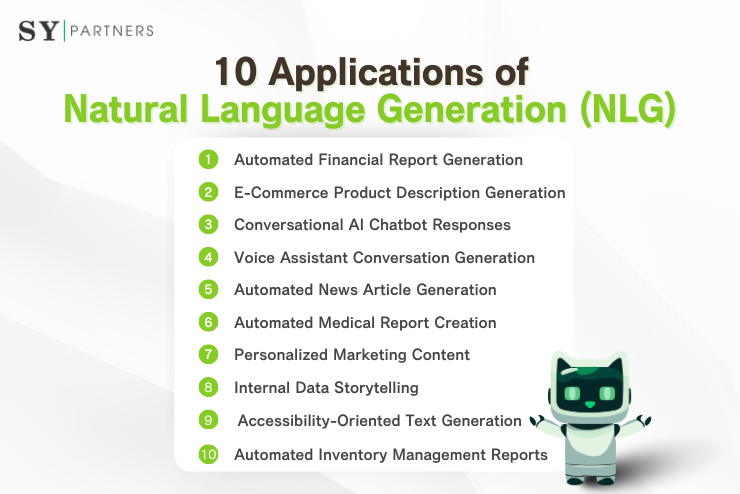


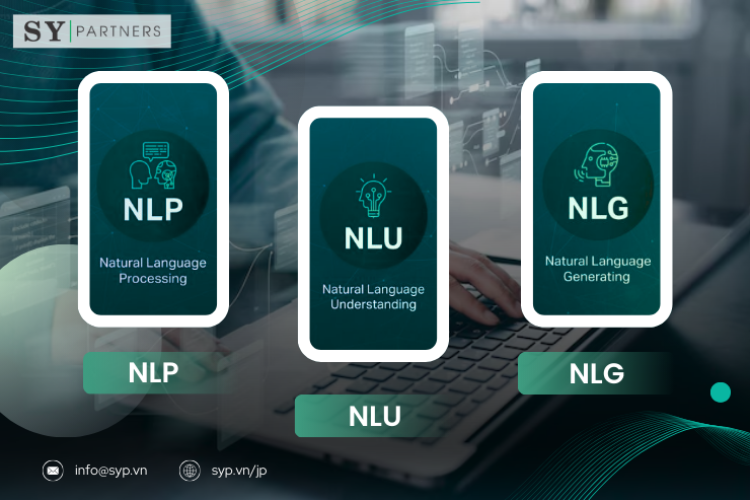

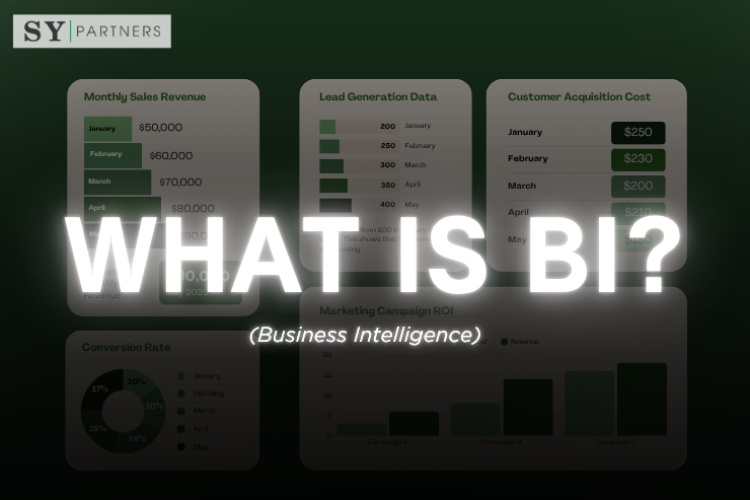
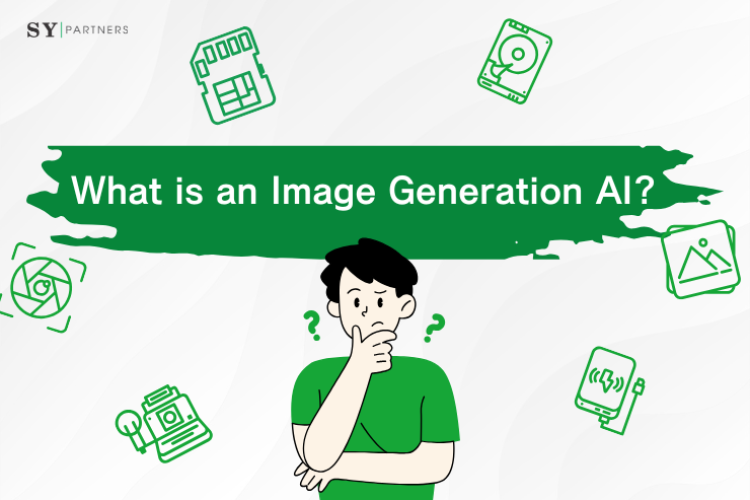


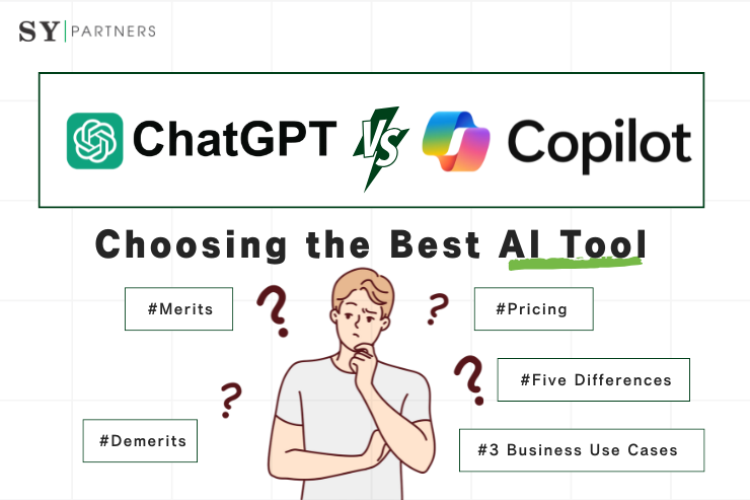
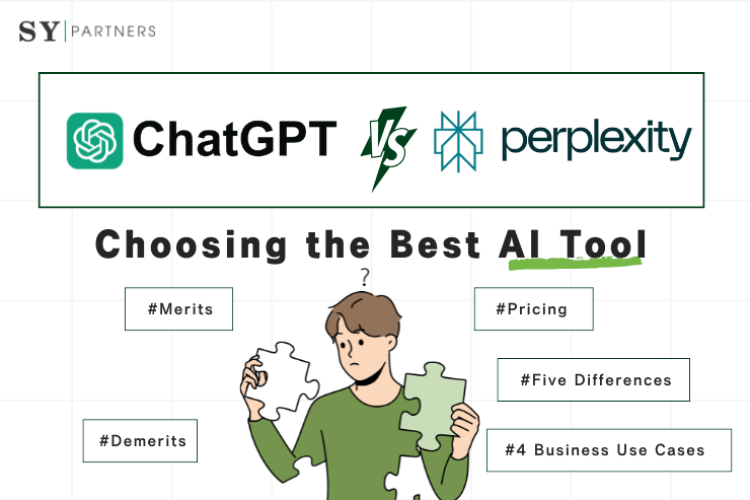
![[For Enterprises] Adoption Rate of Microsoft Copilot and 8 Key Business Use Cases](/sites/default/files/styles/medium/public/articles/%5BFor%20Enterprises%5D%20Copilot%20%E2%80%94%20Corporate%20Adoption%20Rate%20and%208%20Business%20Use%20Cases.png?itok=6MVSPst9)
![[For Enterprises] Grok — Corporate Adoption Rate and 8 Business Use Cases](/sites/default/files/styles/medium/public/articles/%5BFor%20Enterprises%5D%20Grok%20%E2%80%94%20Corporate%20Adoption%20Rate%20and%208%20Business%20Use%20Cases%20%281%29.png?itok=3Vu1lBCh)
![[For Enterprises] Claude — Corporate Adoption Rate and 8 Business Use Cases](/sites/default/files/styles/medium/public/articles/%5BFor%20Enterprises%5D%20Claude%20%E2%80%94%20Corporate%20Adoption%20Rate%20and%208%20Business%20Use%20Cases.png?itok=tc2aEIEt)